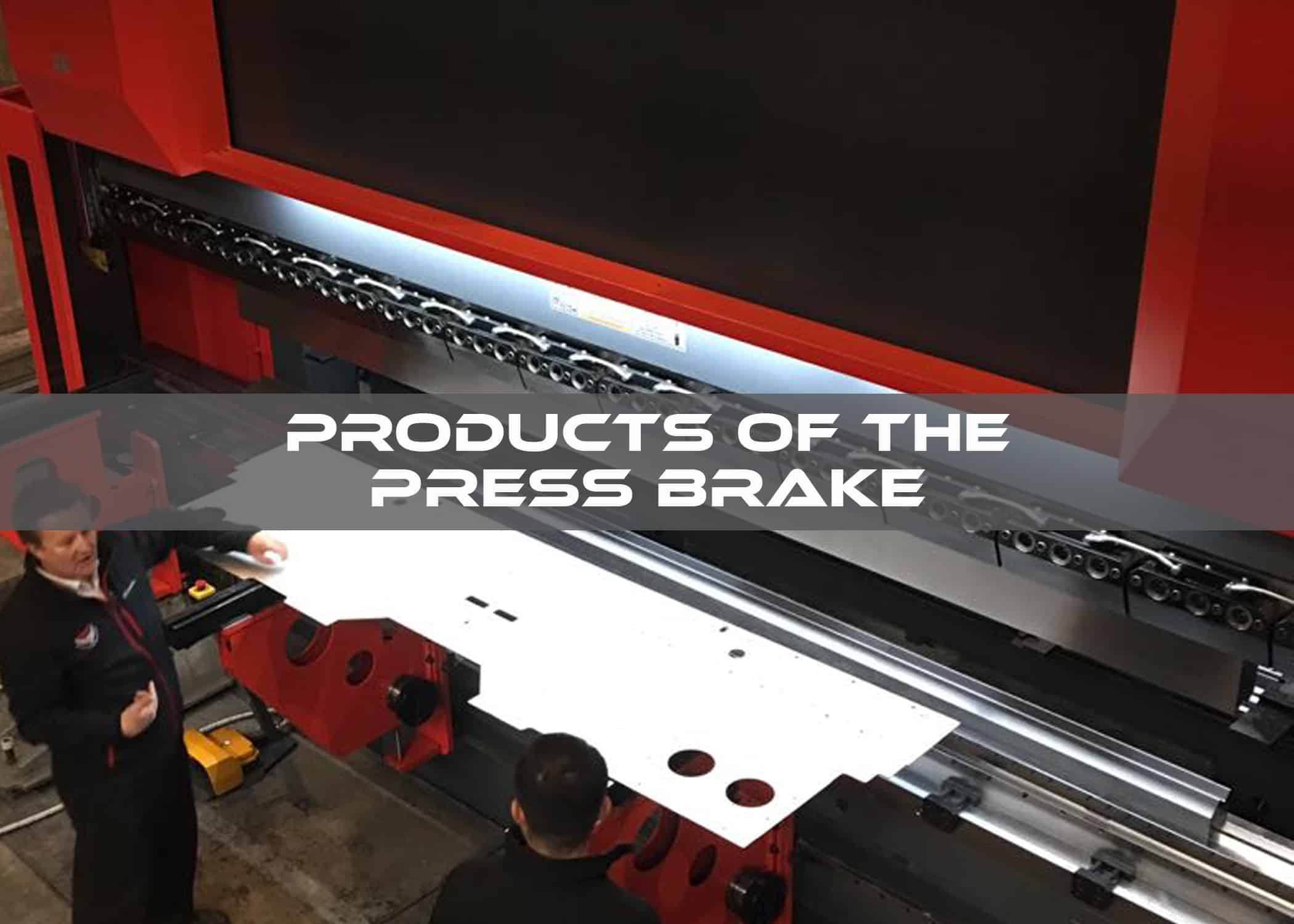Everywhere You Look
“Why are you so excited about that new machine?” the fabricator was asked by his friend as they talked in his kitchen one day. “You keep going on about it like it was a new truck or sports car.”
“My RMT 10′ press brake?” the fabricator replied. “Sorry if I sound over-eager when I talk about it, but it really has changed how we do things in our shop. Our old 8′ brake just wasn’t very accurate, so we were always having to shim under the dies or perform some workaround to get a job just right. It was a nightmare.”
“Okay, so you’ve got a better machine now,” the friend continued, “but I really don’t get why it’s so important. I mean, what does it do exactly?”
“Press brakes bend metal,” the fabricator explained. “Any project that requires a piece of sheet metal or a metal plate to have an angle in it, a metal bending brake will be used. For example, look at what you’re leaning on right now. That stainless steel countertop was bent on a press brake back at the factory that made it. Products produced by press brakes can be found everywhere you look.”
Common Press Brake Applications
Press brakes are used every day to form a nearly limitless variety of items out of flat sheets of metal, including the following:
Flanges. Flanges aren’t metal parts themselves, but rather components of them. The basic function of a press brake is to bend a sheet of metal. The section that is bent at an angle away from the rest of the workpiece is the flange. One purpose of bending a flange into a metal part is to create an area where the part can then be attached to another part that is at an angle to it. Flanges can strengthen a part by not allowing it to easily flex. Flanges can also be folded all the way over to create a hem. Hems can reinforce a part, or they may be added to prevent the part from having a sharp edge.
Brackets. Brackets are connecting pieces that are used to mount one part to another. While brackets can be made of plastic or other substances and can be flat or curving or another shape, if a bracket is made of metal and has one or more angled bends in it, it very likely was processed on a press brake. L-brackets are simple single-angle pieces, usually bent at 90°. An L-bracket might be mounted under a shelf to attach it to the side of a bookcase. A U-bracket is like an L-bracket, but instead of having a single flange it has two opposite side flanges and is often used to support an object like a computer component between them. A Z-bracket has two flanges that are bent in opposite directions from each other at either end of the main workpiece and is used to secure two parts that are on different parallel planes. There are many other more complex types of brackets, and brackets are usually custom-made for specific applications.
Boxes. Using shorter lengths of punches, press brakes can be used to fold up four flanges all the way around the perimeter of a workpiece to form a box. Various kinds of metal containers can be formed on a press brake, such as fuse boxes, control panels, and machinery housings.
Furniture and Furnishings. Because of its durability, metal is often chosen as a material to construct common office and household objects from, such as desks, filing cabinets, tables, countertops, door frames, elevators, shelving, lockers, and cabinets, all of which can be bent on press brakes.
HVAC Products. Although simpler manual and powered brakes often are employed due to the lighter gauge of the metal, press brakes can be used to create rectangular ductwork that is installed as part of a heating or air conditioning system. They can also form the components for furnaces, AC units, box vents, and other parts of the system.
Vehicle Housings. Automotive panels, box trucks, sections of railway cars, and other components of vehicles can be formed on press brakes. Press brakes also have special application in the aerospace industry bending airframes, the basic structures that comprise aircrafts or space vehicles. In addition, a machine known as an aircraft roll combines the functionality of a plate roll and a press brake to form the leading edges of airplane wings.
Light Poles. While plate rolls are great for creating shorter cylindrical objects, a pair of long press brakes run in tandem next to each other are the choice of fabricators needing to form tall and tapered light poles.
Holes and Dimples. Press brakes can be used to do more than just bend metal. Depending on the tooling that is used, the tremendous pressing power of brakes can be utilized to punch holes in metal sheets, as well as create dimples (raised holes). Dimples are often used to give a sheet of metal greater rigidity.
From creative pieces of metal art to metal exteriors on buildings, the versatile press brake has an important role in forming many of the everyday products we often take for granted.







